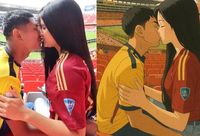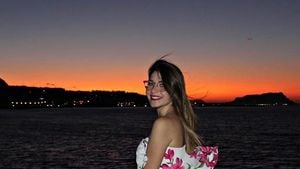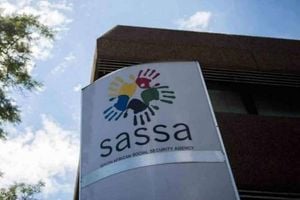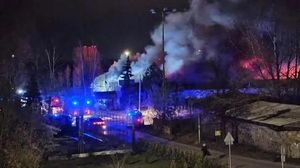In recent weeks, a new trend has emerged among fans of animation and photography: transforming personal photographs into illustrations reminiscent of the beloved Studio Ghibli style. Thanks to advanced artificial intelligence tools like Grok and ChatGPT, this creative process has become accessible to anyone with an internet connection.
Grok, an AI tool integrated into the X platform (formerly known as Twitter), allows users to generate artistic images based on text descriptions. This tool has gained popularity for its ability to create images that capture the essence of various artistic styles, including that of Studio Ghibli, known for its enchanting storytelling and visually stunning animation.
To use Grok, users simply need to follow a straightforward process. First, they must access Grok via a provided link and log in to their X account. Once logged in, they can upload a well-lit photograph where faces are clearly visible. Next, they describe the desired transformation in detail, such as, "Transform this photo to the anime style of Studio Ghibli." With just a click, Grok processes the request and generates an image that can be downloaded and shared.
On the other hand, ChatGPT, developed by OpenAI, has also recently incorporated image generation capabilities into its platform. This feature allows users to transform their photographs into illustrations with specific styles, including the iconic Ghibli aesthetic. Available for subscribers of the Plus version of ChatGPT 4.5, this function stands out for its precision and high-quality outputs.
To utilize ChatGPT for this purpose, users must access the platform and ensure they are subscribed to the version that includes image generation. After starting a new conversation, they upload a clear photograph and provide detailed instructions for the transformation, such as, "Convert this photo to the style of the Studio Ghibli universe, applying the characteristic traits of Japanese anime. Keep the pose and the background." In mere seconds, ChatGPT processes the request and presents the transformed image. If the result isn’t quite right, users can refine their descriptions to achieve the desired outcome.
The excitement surrounding these tools has led to a surge in social media activity, with users sharing their Ghibli-style images under trending hashtags like #GhibliAI and #AIArt. This newfound ability to create visually stunning illustrations has captivated fans of animation and photography alike, sparking a wave of creativity.
However, the rise of these AI-generated images has also sparked debate within the artistic community. Some critics express concern that such tools might undermine traditional artists, arguing that they trivialize the unique style and artistry of Studio Ghibli. Fabián Patiño, an Ecuadorian graphic artist, voiced his concerns, stating, "Listo. Lo consiguieron. Trivializaron el maravilloso estilo Ghibli" (translation: "Okay. They did it. They trivialized the wonderful Ghibli style.").
On the flip side, many view this development as a natural evolution of technology that can coexist with traditional art forms. Proponents argue that the democratization of digital art through accessible tools allows more people to engage with artistic expression, regardless of their background or training.
Despite the potential for controversy, the popularity of these AI tools continues to grow. Users are drawn to the ease of transforming their photographs into whimsical illustrations that evoke the charm of Studio Ghibli films. Whether for personal enjoyment or to share with friends, this trend has opened up new avenues for creativity.
As with any technological advancement, the implications of AI-generated art are still unfolding. While the tools provide an exciting way to explore creativity, they also raise questions about the future of artistic expression and the role of traditional artists in a rapidly changing landscape.
In conclusion, the ability to create Ghibli-style illustrations from photographs through AI tools like Grok and ChatGPT represents a significant shift in how we engage with art and creativity. As these technologies evolve, they will continue to inspire both excitement and debate within the artistic community and beyond.





